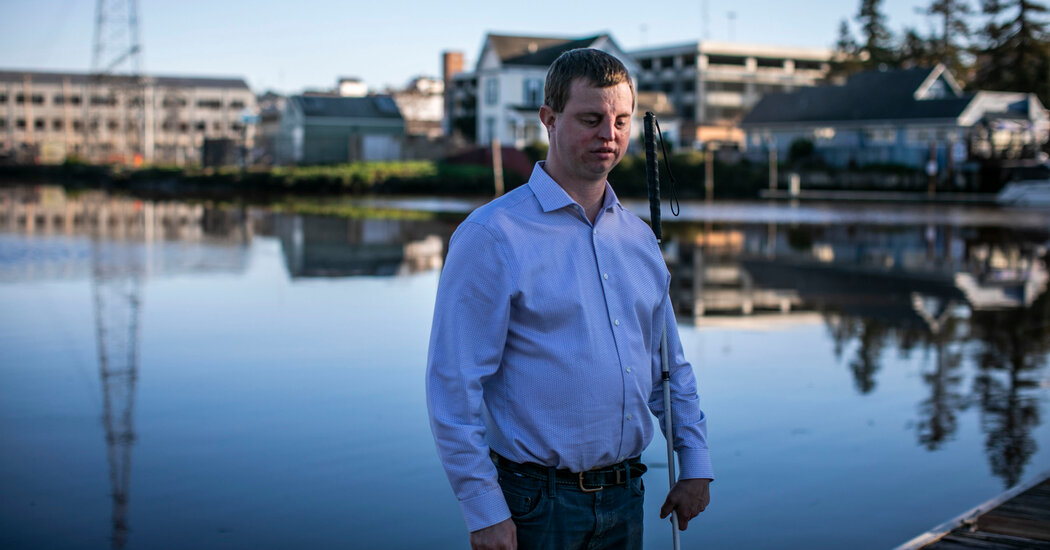
Ms. Charlson has worked with health agencies to create more walk-up test site options, and she is now asking manufacturers to make more accessible home tests.
The Coronavirus Pandemic: Key Things to Know
One such company is Abbott, which makes the popular BinaxNOW test. When developing new tests, said Aly Morici, an Abbott spokeswoman, the company will “continue to design with access and affordability in mind,” but she declined to give specifics about whether Abbott has plans for a redesign.
Some fixes could be as simple as changing the test instructions, according to Mark Riccobono, the president of the National Federation of the Blind. When he and his wife, who are both blind, took at-home coronavirus tests in November, Mr. Riccobono had to ask his oldest child to read the instructions aloud.
Manufacturers could instead provide a phone number in Braille that people could call for instructions, Mr. Riccobono said. He also suggested that some sort of touchable template be placed over a test card or cartridge to orient blind people as to where they should drop liquid or put their nasal swab.
“It’s not really rocket science, there’s some easy things we can do,” he said.
In Britain, accessible instructions are already available, according to Michael Wordingham, a policy officer with the Royal National Institute of Blind People. These instructions, which can be found in Braille, large text or audio formats, explain how to navigate the process through touch.
“If you think about the swab, it would say, ‘Before you take it out of the packet, feel along for the thicker end and make sure you open it out of the other end so you don’t contaminate the swab,’” Mr. Wordingham explained.
Still, even the simplest solutions will take time to enact. Without good testing options now, some blind people, like Karen Johnson, 37, of Fort Wayne, Ind., are largely staying home to be safe.



